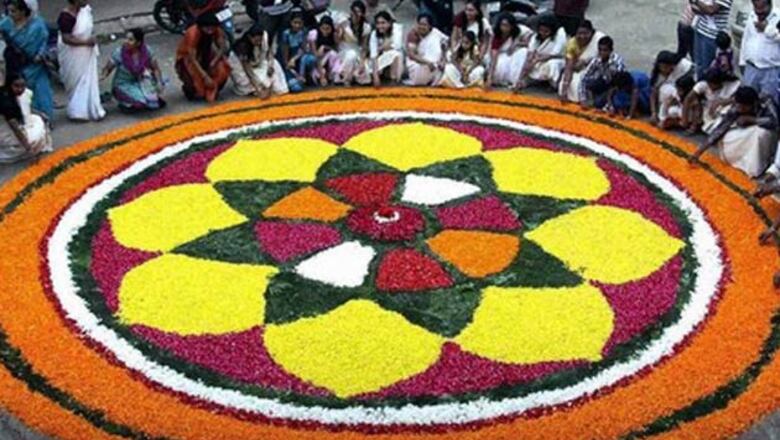
views
Bangalore: Malayalis, the people from the mountains who live beyond the Western Ghats, have travelled a long way from the coconut trees, the farmlands, the incessant rains, rugged and cool mountainous terrain, the rolling hills, the coastal plains, the backwaters, and more. The phylogeny of the Malayali in various parts of the world and the country has been the reason why Kerala’s economy depends on emigrants working in foreign countries.
With a population of 3.33 crore as per the 2011 census, it obviously remains to be seen if those outside of Kerala have been accounted for. And so, it doesn’t come as a surprise that the rituals have spread across the world. Once addressed as Madrasis in the Northern India, the spread of Malayalis today in the government and defence sector in the country has given them an identity. So today, festivals like Onam, a word which was unknown to many, has come to have a very secular reputation across the country.
In Bangalore, Onam has a larruping reputation. And why not? The city has an estimated population of 10 lakhs malayalis out of its population of 85 lakh (Census 2011). So, unlike the halcyon days of the 1980s in Bangalore, when the population was miniscule, today Kerala has etched its signature in many parts of the city, especially East Bangalore.
“It was mainly because of the public sector industrial jobs especially at Hindusthan Aeronautic Limited (HAL) and Indian Telecom Industries (ITI) that many people came to Bangalore post-independence and thus followed a chain of migration continuing even today and boosted by IT. So with the population increasing so has the popularity of celebrating Onam,” said Balakrishnan Nambiar, who came to the city in 1957.
One main reason for the festival to have established itself in the city, other than the huge Malayali population is that the community has been able to establish its cultural background in the place in an organised manner by forming associations.
A Madhusoodanan, Chairman, Media Publicity, Kalavedi, a popular Malayali association in Bangalore says, “Way back in 1985, there were no associations of Malayalis but today there are about 90 associations of the community in the city. And it is these associations which drive the Onam celebrations in the city.” Jose James, Joint Secretary, East Cultural Association (ECA) concurs, “In the 1980s, there were very few Malayalis in the city. The number has increased dramatically over the years. And with many associations coming up in different parts of the city, options for celebrating Onam has also seen a quantum increase.”
These associations have been able to bring together the entire community during occasions like Onam, apart from other get-togethers. So at times many tend to go to their native in Kerala, those who are left behind due to commitments or work or unavailability of train or bus tickets rely on these associations to be in the essence of the festival.
“A lot of people leave for Kerala, but many stay back because of some or the other commitment or work as many companies do have a holiday for this festival. So, for such people, the association celebrations are a big thing. Also, since the celebrations go on for many months, those who have missed the celebrations can be a part of it later,” said Madhusoodanan.
The excitement purling in Malayalis does not abate a bit till the festival ends. In these associations, the celebrations start ten days prior to Thiruvonam and goes on for almost about two months! “The celebration starts 10 days before Onam and goes on till November first week. Every Saturday or Sunday, the associations invites members for some or the other activity like sports competitions, cultural activities, typical Kerala village oriented programmes by a professional group from the state, etc. Onachanda (Onam festival market) is already up in many associations selling items and eatables related to the festival. Associations spend more than Rs 15 lakh during the celebrations,” said Madhusoodanan.
Activities
At ECA, the festival is celebrated after the Onam day, that is August 29 this year. “We are celebrating the festival on September 8 and 9. On the first day, we will have a members programme with about 200 people attending. We call it the heralding of Onam. We invite film stars, ministers and bureaucrats from Kerala. This year, we have invited Dr Babu Paul, former Additional Chief Secretary, Government of Kerala. We have also invited Kaviyoor Ponnamma, a veteran Malayalam film actress and Priyamani, also an actress who is the current sensation.”
On the second day, ECA is organising a fancy dress competition for different age groups, apart from member ganamela, Kathakali and some other cultural programmes. “We will also have an Onasadya in the afternoon for about 2000 people on the day. The programme will end with a ganamela. On 29th, most people would like to celebrate in their home or visit their hometown in Kerala. We do have an Onasadya for about 400-500 people on the day,” said James.
“The essential activity is the Pookalam, which is the flower decoration, after which we organise member programmes which include Kathakali and other cultural dances. Then we have the Onasadya which has about 38-40 items on the banana leaf. Preparations are done by cooks specially brought in from Kerala,” said Madhusoodanan.
Yusuf Arakkal, artist: When I was a young boy in Kerala, Onam was the biggest festival for me. Onam celebrations used to start 2 to 3 days before the festival in my house. A lot of people would visit us and we used to celebrate with good food and decorations. Being a Muslim family, we celebrated Onam in a big way. My grandmother before going for namaz used to light the evening lamp everyday. Now things have changed. My wife and I are usually travelling and my son is busy with his own life. My wife prepares some good food. It is nothing like the olden days.
Dr Padmaja Suresh, Bharatanatyam dancer: I put Kolam in the night just before the festival. We are not typical Keralites and the way we celebrate is different from the typical Nair way. We do a small pooja for Lord Krishna early in the morning before having breakfast. I don’t make sambar, but moore kozhambu (made out of buttermilk). We won’t celebrate Onam as a typical religious festival this year. We are planning to call everyone for lunch, not just family and friends, but outsiders too, as I believe in Mahabali’s living and sarvodaya (universal) society where everyone is equal. I remember spending it with my dad in Bombay, who was an eminent Chakyar Koothu exponent. We used to go to Kerala Samajam where I did a Ottamthullal at a special function and I was just 14 then. The main delicacies we prepare are chakkapayasam, poriyal pappadam, pulisheri, elisheri, kaalan, olan, banana chips, red rice, upperi and many more.
Vimal Kumar, former India International badminton player: Onam brings great memories to me. I fondly remember the days I spent with my family in Thirvananthapuram. We had a swing tied on a massive mango tree and it was my favourite pastime. During Onam days, we used to have kite-flying competitions. After moving to Bangalore, Onam means having a good time at home with friends. Every year we call close friends from the Academy.
Priyamani, Sandalwood actress: Onam for me will always be a family affair. I will spend the entire day at home interacting with relatives and family. We will have a small gathering at our place. More than anything else, I am really looking forward to relishing some traditional Onam lunch.










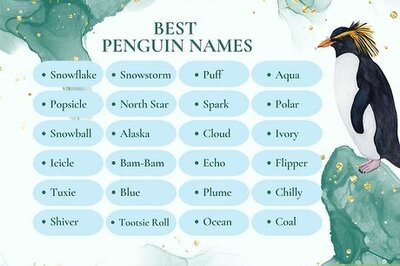

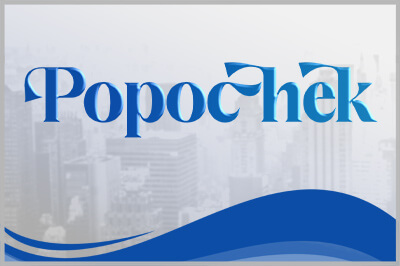
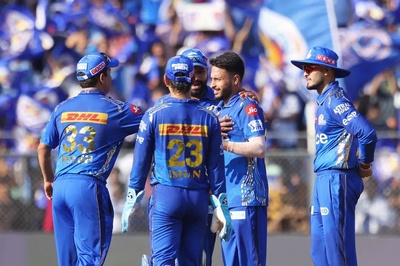

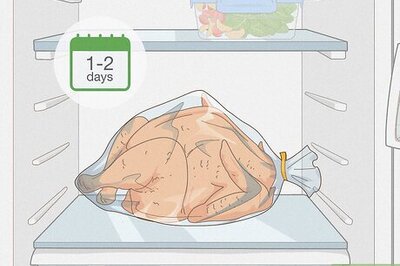


Comments
0 comment